On a hot and sunny Easter Sunday, I decided it was high time to visit one of Scotland’s most famous abandoned buildings – St. Peter’s Seminary, a brutalist concrete structure hidden in the woods above Cardross, near Helensburgh.
It was built between 1961 and 1966, but had a working life of less than 20 years. Always a controversial building, it was riddled with problems, and although striking and widely considered to be of huge historic interest, it soon fell into disuse and disrepair. Unfortunately, a sharp decline in the number of candidates entering the Catholic priesthood meant that the building was never used to capacity, and it more or less permanently leaked – a big problem in the damp Scottish climate. The building closed as a seminary in February 1980, and was used as a drug rehabilitation centre for a while. By the end of the decade, it was completely disused. However, it was gaining recognition for its architectural significance by this time, and it was Category A listed by Historic Scotland in 1992. In 2005, an architect’s magazine named it Scotland’s greatest post-war building.
Unfortunately, no-one has been able to find a use for it since. It’s in a very remote location, with poor road access, and the grounds around it are now a mature woodland. The listing of the structure makes it very hard to do anything with it, and the years have not been kind – all the roofing, woodwork and glass are missing, and the building is now merely a concrete shell, open to the elements and heavily vandalised. It’s still owned by the Catholic church, who are responsible for its security. They can’t even give the site away – a few attempts have been made to use the site as an arts venue or other community facility, but these have so far come to nothing.
Having seen a lot of pictures of the site, I was itching to visit, as it looked fairly easy to access and explore. I took the train to Cardross with my son, and found the site fairly easily with the aid of Google Maps, which helpfully informed me that “St. Peter’s Seminary may be permanently closed”. It’s about a mile from the station, in a large wooded area next to the golf course. Getting into the grounds was fairly easy, although it took a while to work out how to get close – a locked gate blocks the main entrance to the area around the building, but a hole in the adjacent fence made access easy. There’s then another large fence around the perimeter of the seminary itself, but again a gap in the fence was soon evident. Once inside the fence, a few concrete steps gave access to the building. To our delight, we soon discovered that practically the whole building can be safely and easily explored. There’s a couple of holes in the floor on lower levels, and one or two dangerous areas are blocked off, but all the major elements of the interior space, including the vast chapel, can be accessed.
Unlike many other abandoned buildings, there are no security patrols and no-one seems particularly fussed about people getting in, which clearly happens on a regular basis. We ran into a couple of kids on their way out, who greeted us politely! I’m always concerned about running into dodgy people in places like this, but we had it entirely to ourselves, and I was surprised by the lack of litter and damage inside the building. There were a few signs of fire damage and much of the fabric of the building is missing, but the concrete structure appears remarkably sound.
The place is very eerily silent, and therefore has an incredible atmosphere. Almost all of the building is covered by graffiti, much of which is extremely striking. The former chapel is easily the most impressive space, vast and airy, with the sunlight striking everything at dramatic angles.
Smaller buildings adjacent to the main building contained little pods and spaces that were presumably for contemplation and prayer. Despite the ruinous nature of everything, an air of spirituality still somehow permeated the place, but in a strange, alien sort of a way. It felt like exploring the ruined temples of some sort of faraway planet.
Staircases and ramps between levels are all still intact and solid, so we made it right to the top of the building. All the missing fittings, internal structures and roof made it hard to tell what I was looking at most of the time, which gives the place a slightly confusing air to it. It’s rather disorientating to walk around, wondering what the hell it was all for.
I took quite a few photos, but I could easily have spent longer there, and would like to do so in the future, hopefully with a tripod for some better images. These pictures don’t really do it justice, but hopefully they’ll give you some idea of just what an otherworldly and creepy place this is.
I suspect the place will be left to crumble until it’s completely beyond saving, which would be utterly tragic, but even with vast sums of money, I can’t see how you could successfully salvage it and put it to any kind of permanent use. It’s well worth seeing, though, and it’s at the very safe and easy end of the urbexing scale, so if you get a chance, go and be impressed (and slightly spooked) for yourself.
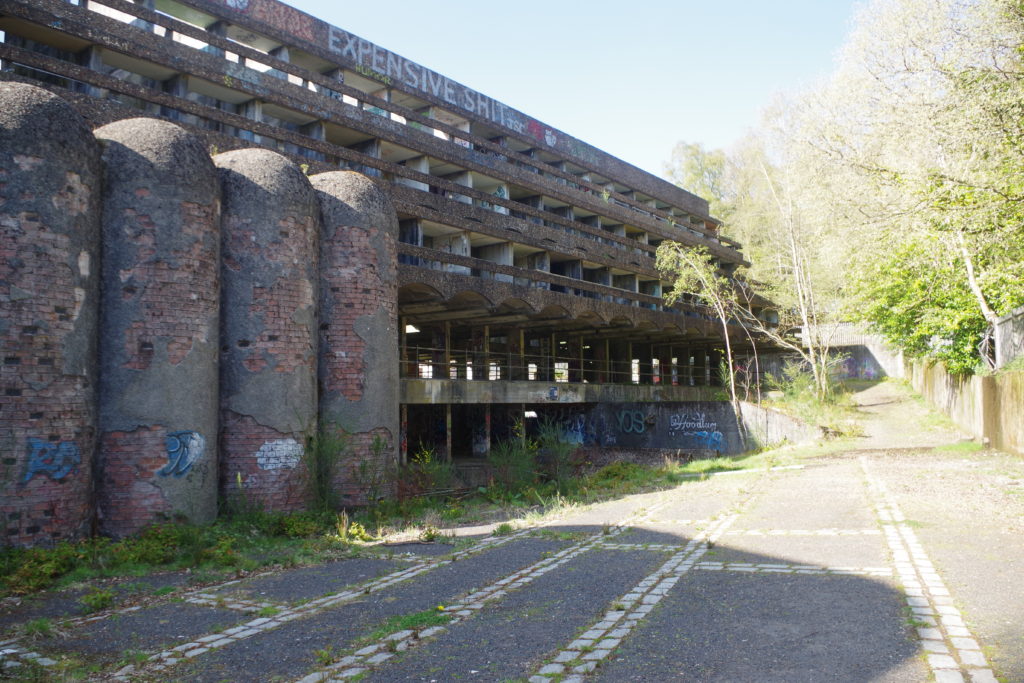
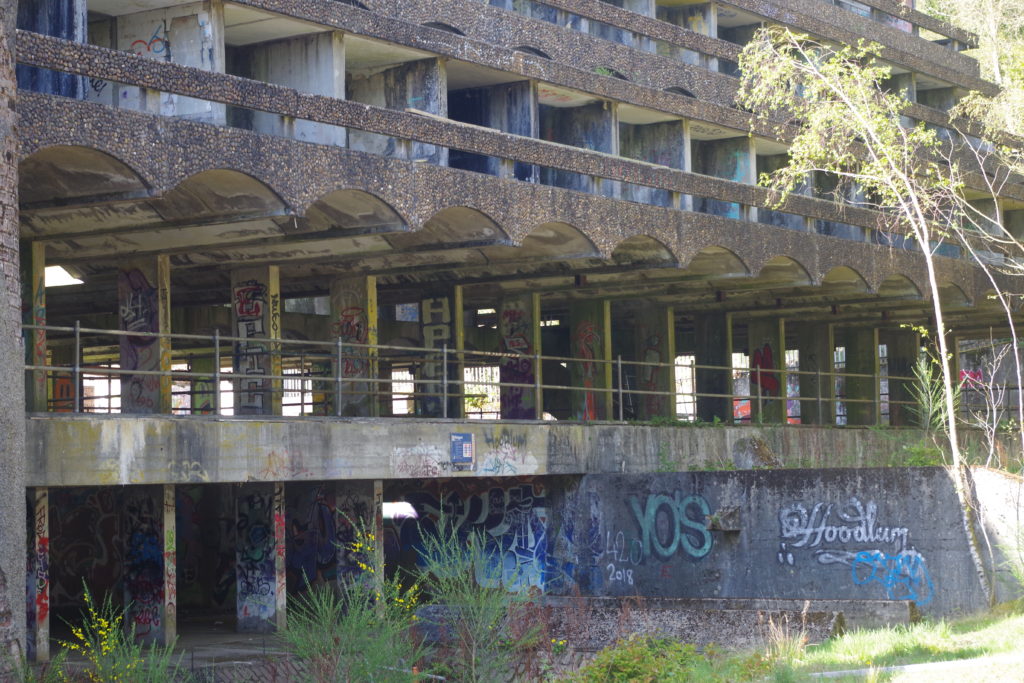
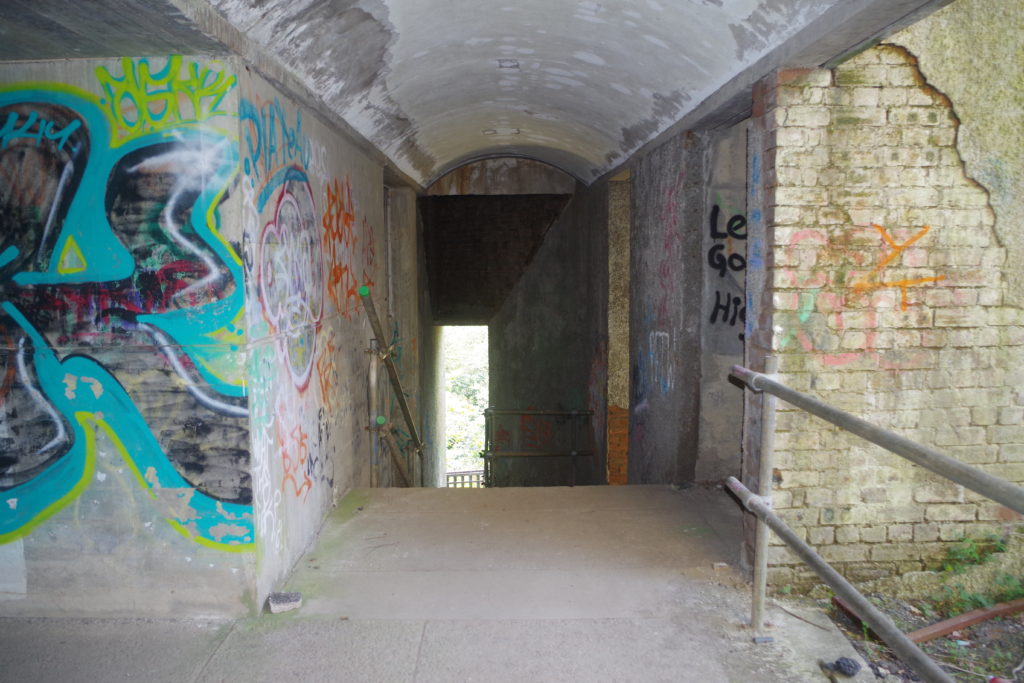

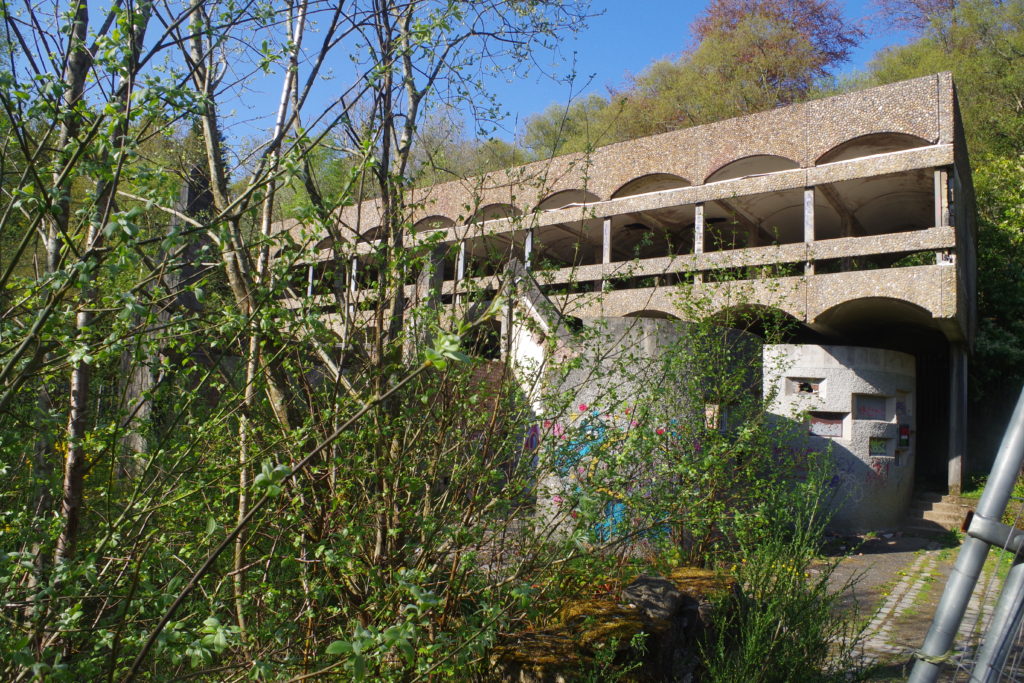
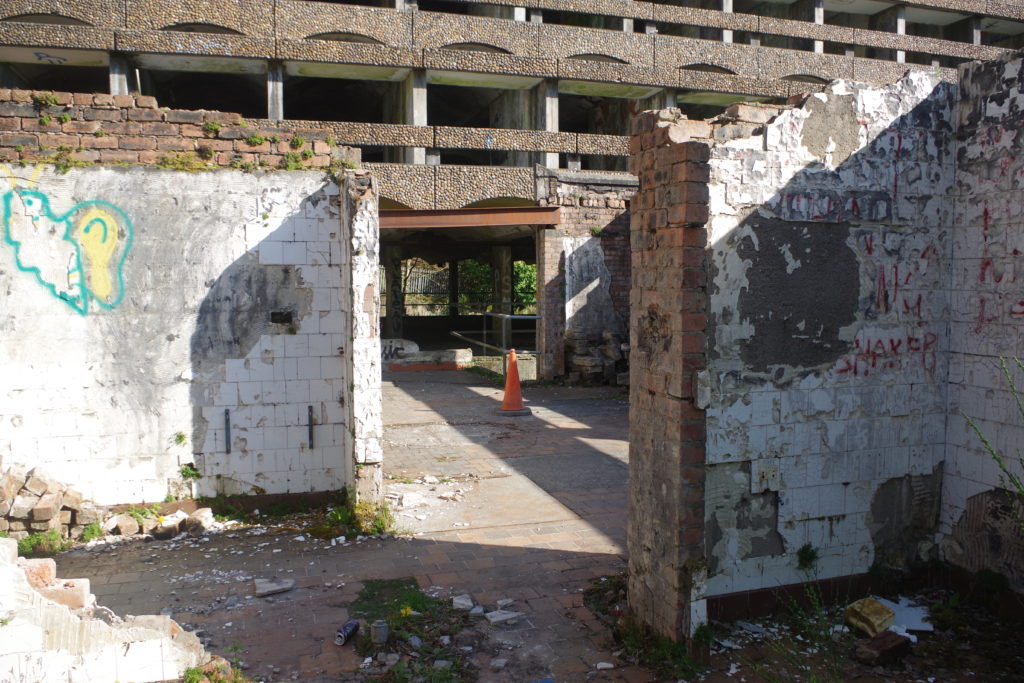
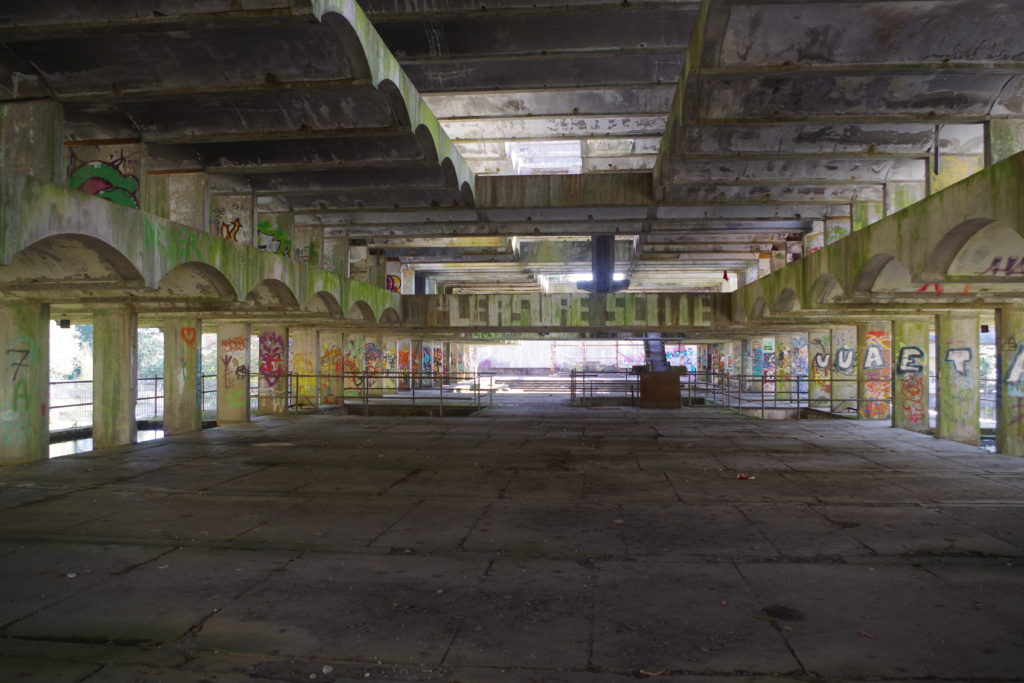
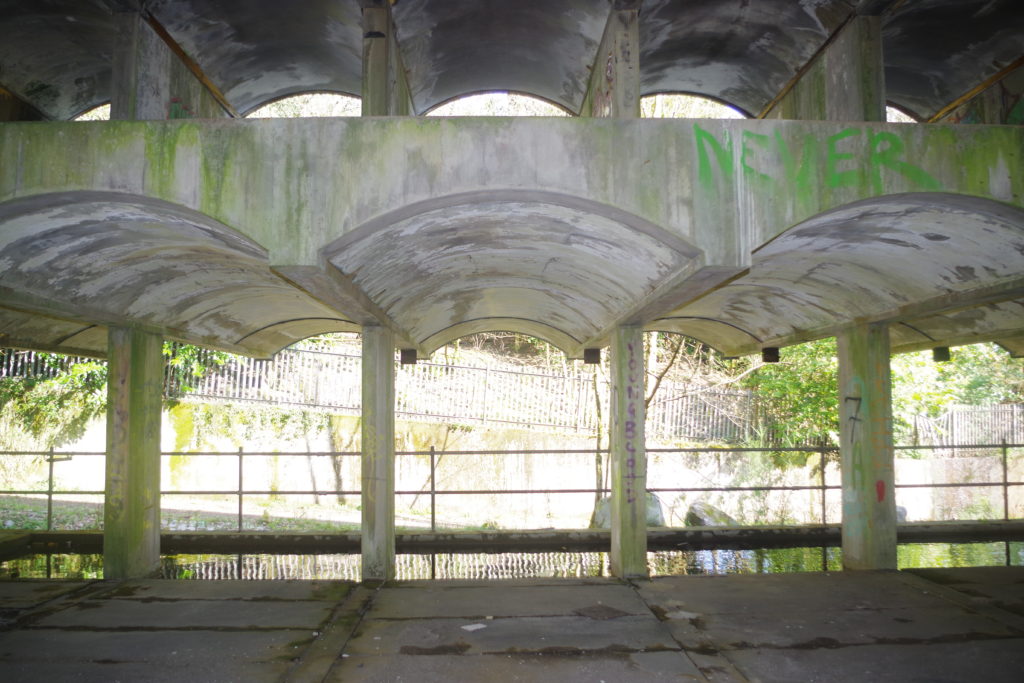
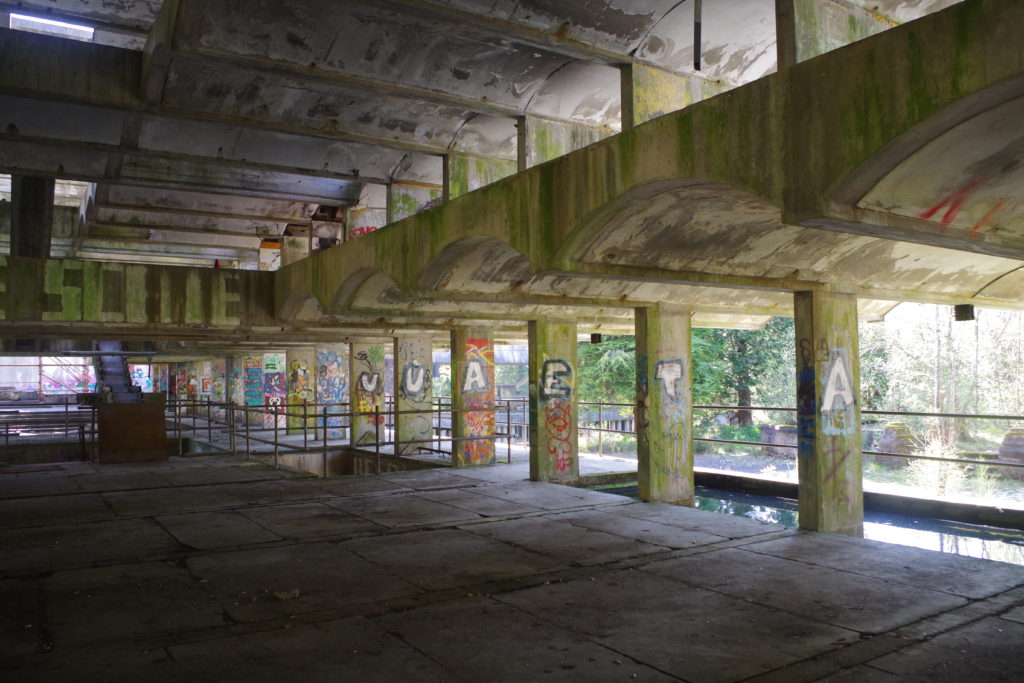

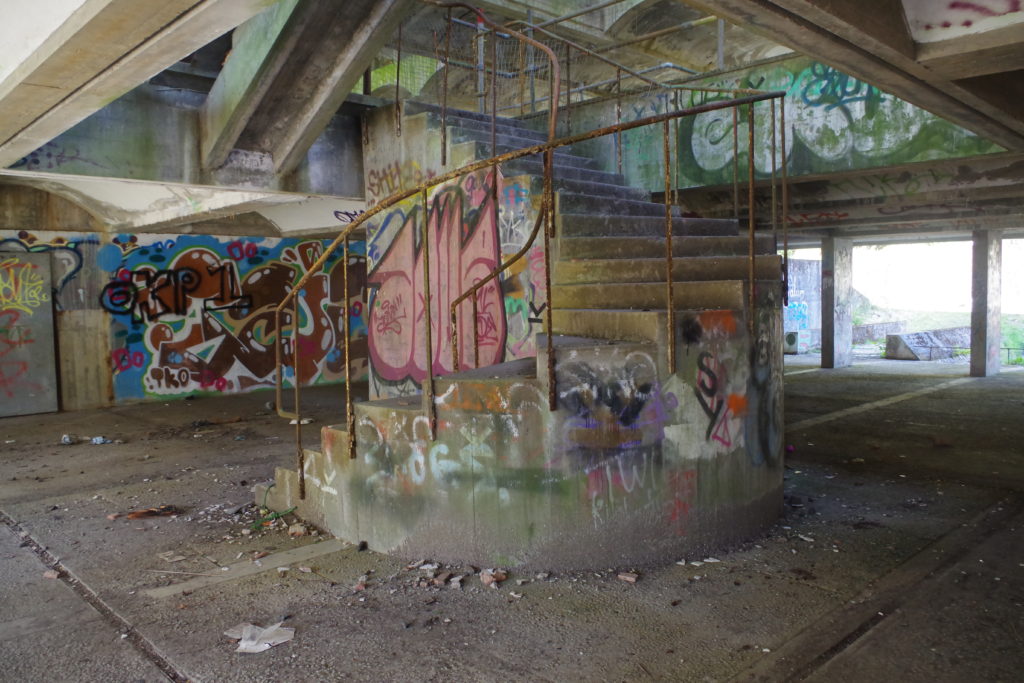
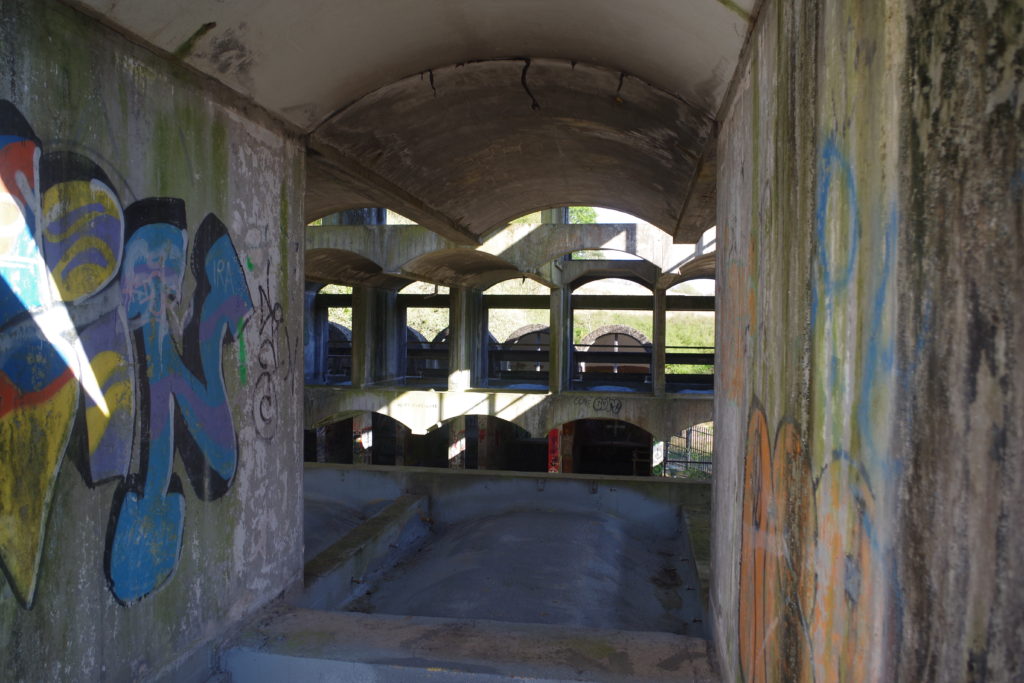

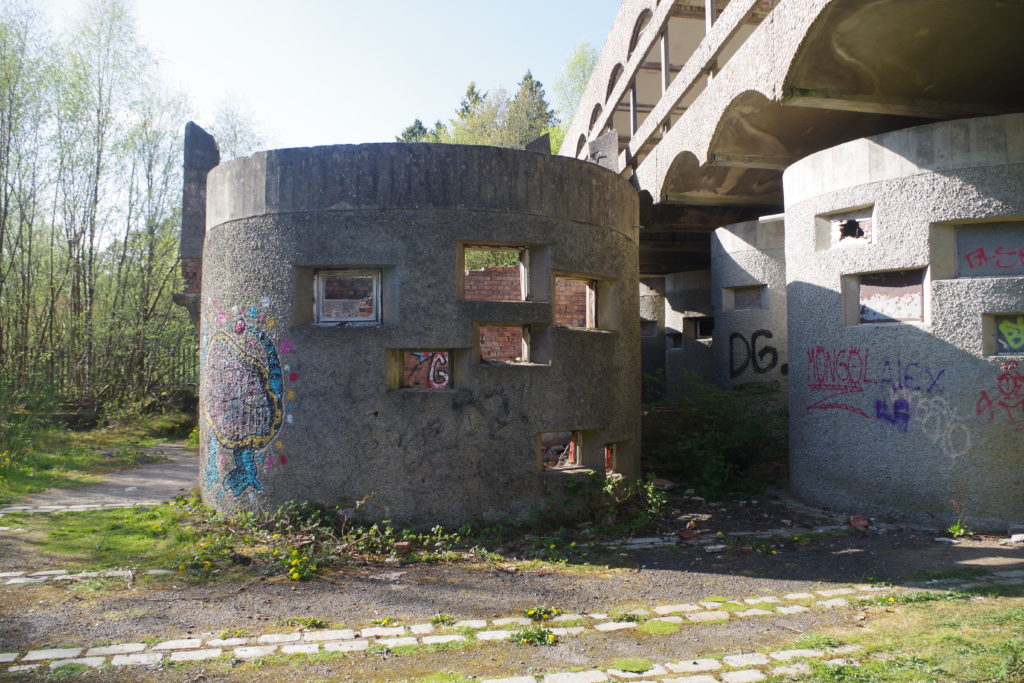
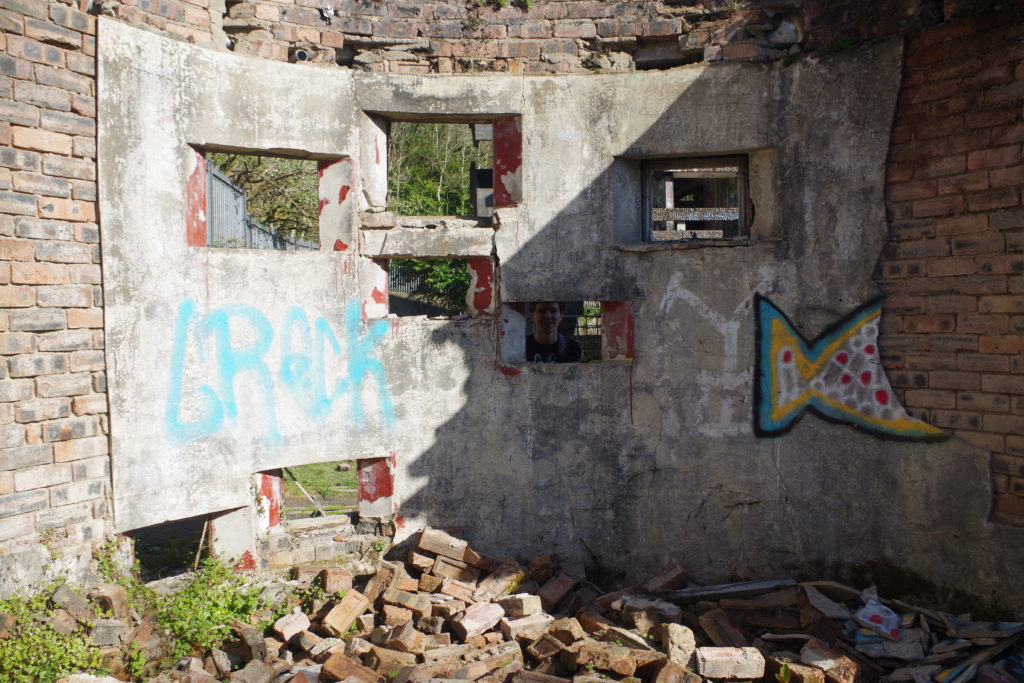
If you’ve enjoyed this post, please consider helping to fund more content by making a small donation here.